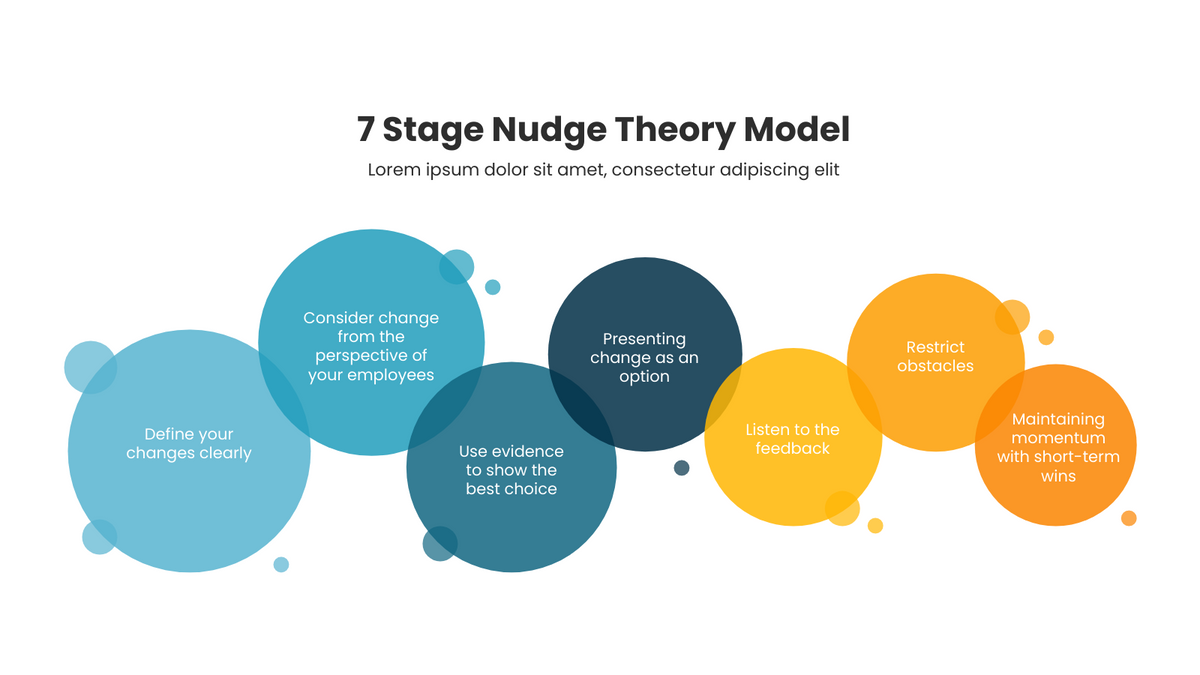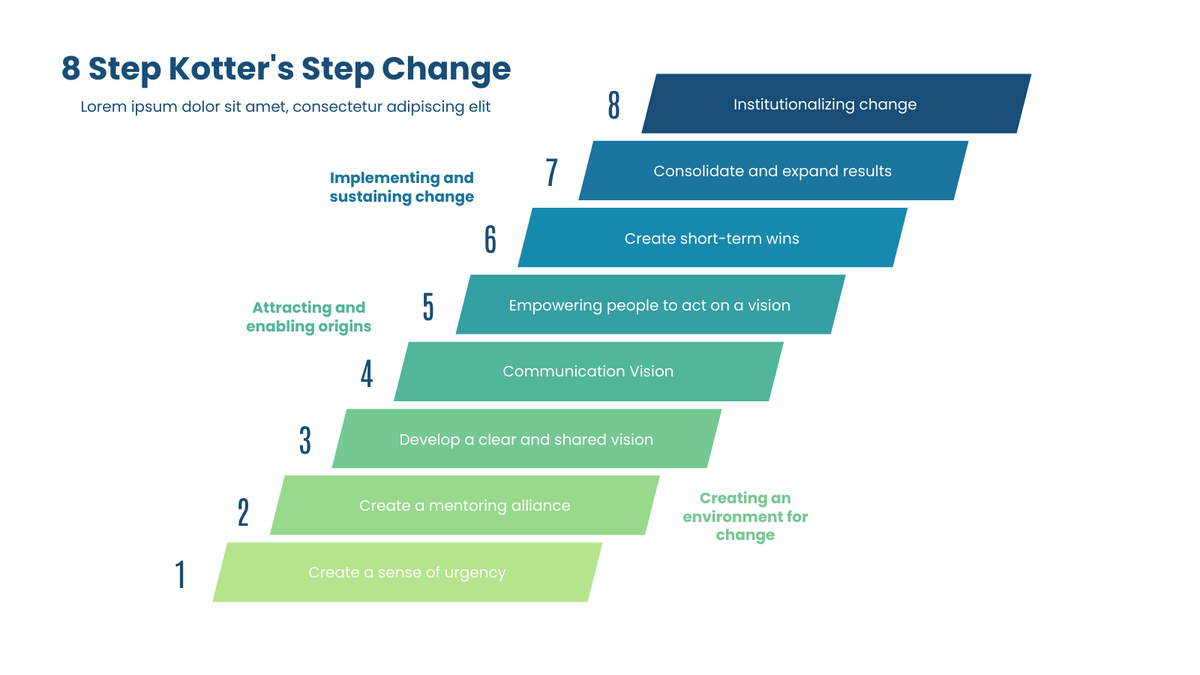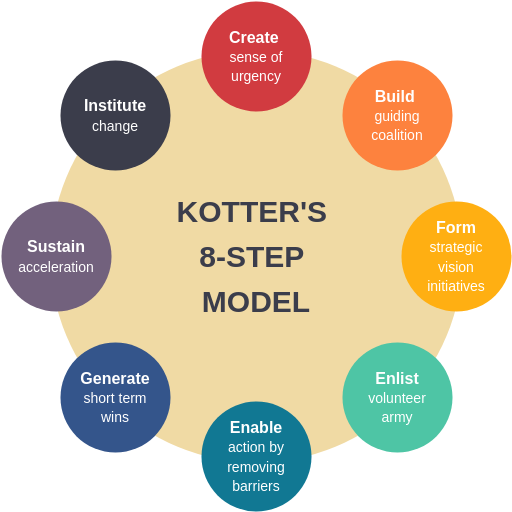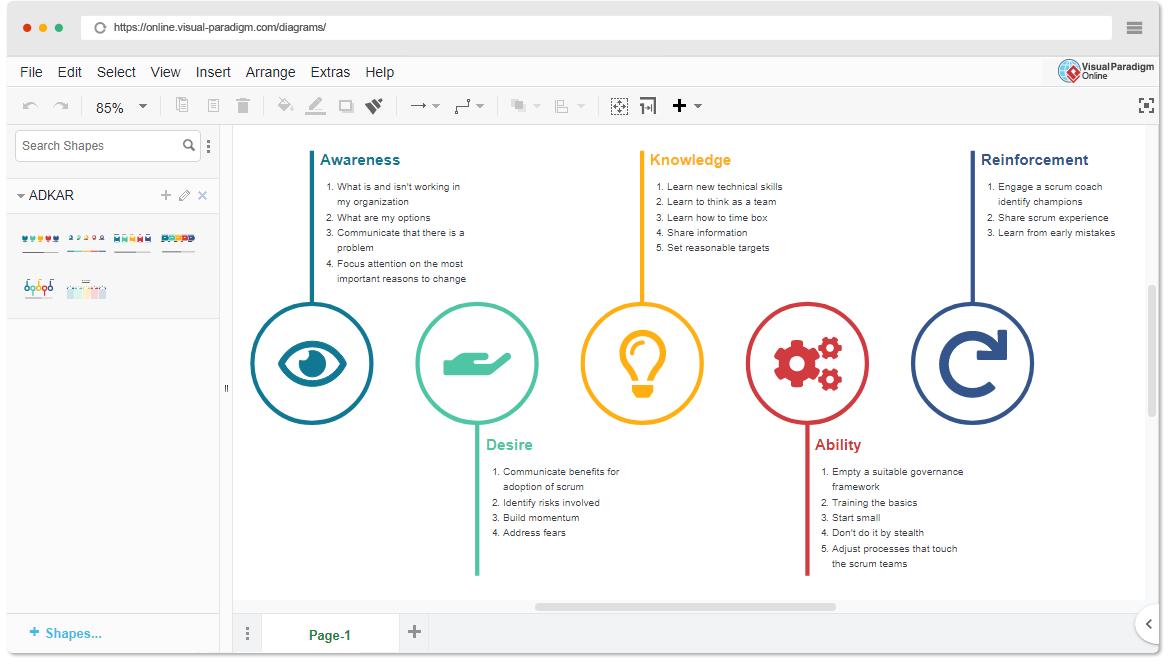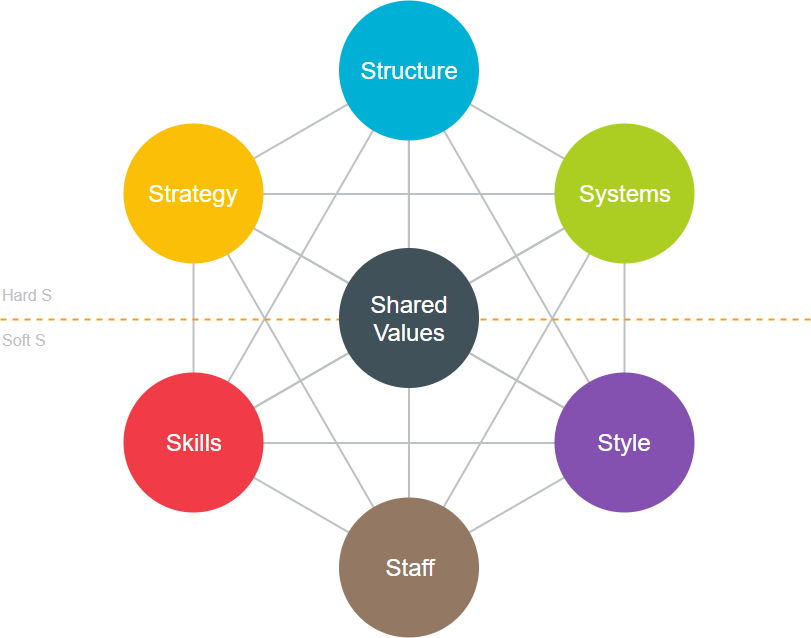Home » Archives for Admin » Page 2
Customer journey mapping is a very useful technique to help you understand your customers' motivations - their needs, indecisiveness and concerns. While most organizations are quite good at collecting customer data, data alone cannot convey the frustrations and experiences of customers. One of the best storytelling tools in business is the customer journey map (CJM).
Co to jest marketing e-mailowy? EDM marketing (Electronic Direct Mail) nazywany jest również: e-mail marketingiem, e-mail marketingiem. Jest to narzędzie marketingowe wykorzystywane do promowania sprzedaży poprzez wysyłanie e-maili EDM do docelowych klientów, nawiązywanie z nimi kanałów komunikacji i bezpośrednie przekazywanie odpowiednich informacji. EDYTUJ TĘ ILUSTRACJĘ MARKETINGU E-MAILOWEGO E-mail marketing składa się z trzech podstawowych elementów: pozwolenie użytkownika, wiadomość e-mail i wartość wiadomości dla użytkownika. Jeśli brakuje jednego z tych trzech elementów, nie można tego nazwać skutecznym e-mail marketingiem. E-mail marketing to metoda sprzedaży bezpośredniej, która wykorzystuje e-mail do komunikacji z klientami. Jest również szeroko stosowany w…
continue reading →
Co to jest teoria Nudge'a? Czasami wydaje nam się, że chcemy, aby inni podejmowali decyzje tak, jak my tego chcemy i mówiliśmy im to wprost, ale często przynosi to odwrotny skutek, nawet jeśli mamy realną władzę nad innymi, takimi jak nauczyciele, rodzice, szefowie itp. Jeśli musisz komuś doradzić kto mógłby odmówić twojej decyzji, wykazano, że korzystanie z porad pośrednich przynosi lepsze rezultaty. EDYTUJ TĘ ILUSTRACJĘ Teoria Nudge pojawiła się po raz pierwszy w Stanach Zjednoczonych na początku XXI wieku jako radykalny sposób wpływania na sposób interakcji ludzi z systemem finansowym, zwłaszcza emeryturami, oszczędnościami…
continue reading →
John Kotter, a professor at Harvard Business School, has studied many companies that have successfully implemented change in their organizations. This led him to develop a common eight-step model that other organizations can follow to make change. He describes his eight-step change process in his book, Leading Change. Although described as a model for change management and change leadership, it is worth noting that Kotter's eight steps are closely related to improvement planning. The human tendency toward routine means that change is a conscious desire to improve things or the need to adapt to changing circumstances.
The 8 steps in the process of change include: creating a sense of urgency, forming powerful guiding coalitions, developing a vision and a strategy, communicating the vision, removing obstacles and empowering employees for action, creating short-term wins, consolidating gains and strengthening change by anchoring change in the culture. Kotter’s 8 step model can be explained with the help of the illustration given below:
The 7-S model states that all aspects of a company must be considered holistically in the development process. It includes structure, systems, style, staff, skills, strategy and shared values. In other words, it is not enough for a company to have a clear strategy and a well-thought-out action plan, because companies can also make mistakes in the process of implementing their strategies. This is because strategy is only one factor.
Change is often a complex and difficult process, and more importantly, it is inevitable. Managing change at the individual and organizational levels requires new ideas, new models of change, and new frameworks and tools to successfully achieve the desired change. ADKAR can be applied to all forms of change to drive successful change programs. The ADKAR Transformation Model, created by Prosci founder Jeff Hiatt, consists of five initials that represent the five stages of change an individual must reach to succeed. Awareness, Desire, Knowledge, Ability and Reinforcement.
The McKinsey 7S Model ( also known as 7S Model for short) is the seven elements of a business organization designed by the McKinsey & Company Research Center, which states that companies must consider all aspects of the development process in a comprehensive manner, including structure, systems, style, staff, skills, strategy, and shared values - the seven skills, strategies, and shared values.
Many models have been developed to explain organizational change. One of the earliest models was developed by Kurt Lewin, a German psychologist and researcher on communication and organizational development. Lewin's three-step approach views change as a break in organizational equilibrium, or a thaw. Once the thaw is complete, the change itself can be introduced, but simply introducing the change does not ensure that the change will last; the new state needs to be refrozen. The new state needs to be refrozen so that it can be maintained for a significant period of time. Thus, the purpose of refreezing is to stabilize the new state by balancing the two forces of driving and binding forces.
-
Posted on February 11, 2022
-
/Under UML
UML Sequence Diagrams are interaction diagrams that detail how operations are carried out. They capture the interaction between objects in the context of a collaboration. Sequence Diagrams are time focus and they show the order of the interaction visually by using the vertical axis of the diagram to represent time what messages are sent and when.


